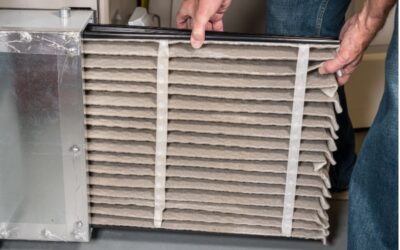Efficiency is a paramount feature of every HVAC system. To get the best HVAC system you can and ensure that your business in Boston, MA, benefits from it as much as possible, you need to understand some basics about commercial HVAC efficiency. To help with that, here are a few important heating and cooling efficiency terms and what they mean.
1. AFUE and HSPF
The first major heating efficiency term is the AFUE or Annual Fuel Efficiency Ratio. AFUE measures different aspects of an HVAC system, such as peaks and seasonal efficiency. The Heating Seasonal Performance Factor (HSPF), is a heating efficiency metric that applies only to air-source heat pumps.
2. SEER and EER
The most important cooling efficiency term is the SEER or Seasonal Energy Efficiency Ratio. This is a standard metric of AC efficiency that a service technician calculates by dividing a system’s total cooling output over a given season by that system’s total energy input during the same season.
The other important cooling efficiency term is EER or Energy Efficiency Ratio. It’s calculated the same as SEER, except that the EER measures how efficient an AC is at any given time.
3. MERV
Proper airflow and ventilation are two of the most significant determinants of your HVAC system’s ratings on all the above metrics. Your system’s air filters have a massive influence on that, and you should remember to replace them every one to three months so that they don’t get dirty.
All filters have MERV or Minimum Efficiency Reporting Value ratings. The higher a filter’s MERV rating, the smaller the pollutants it can remove, though filters with excessively high MERV ratings can inhibit airflow and decrease system efficiency. Arrange for annual maintenance always to keep system airflow optimal.
Familiarize yourself with all the above metrics to understand your commercial HVAC system effectively. To ensure it functions at peak performance, call us at Sagamore to schedule periodic HVAC maintenance and repairs.
Image provided by iStock





